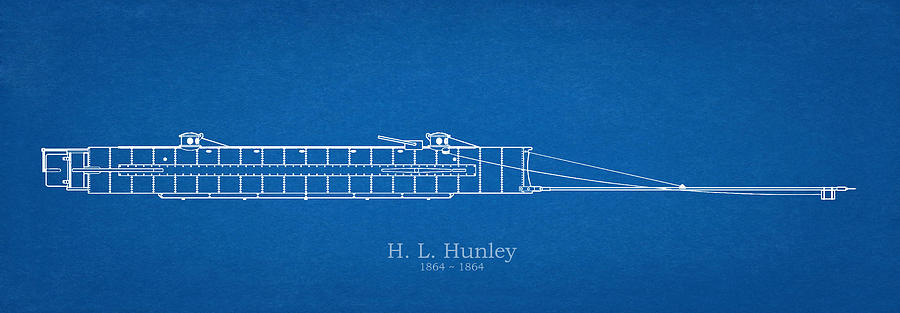

This is what is called the elastic response of a homogeneous structure. All material deforms somewhat but the boundaries between individual elements do not allow any movement. The vessel may be analysed in its entirety acting as one unit, just as any modern steel ship.

In ancient wooden ships the connection between individual structural elements, such as shell planks and frames whether sewn, nailed, pegged or otherwise, is rather loose. It is this latter type of loads and responses that are the subject of the present paper. The ship structure should remain intact under such loads and not fail or leak. Simultaneously, these loads cause straining of the vessel leading to deformations of the structure and concomitant internal stresses. For example those, that keep the vessel in an upright position or those, that lead to ship motions. Others are more complex such as the load from slamming waves. Some are simple such as the weight of the vessel and its cargo. SOME ASPECTS OF SHIP STRENGTH IN GENERAL A ship during her life is subjected to a large variety of different loads. Two subjects are used for illustration: the longitudinal strength of the Dover boat and the transverse strength of dug-outs. The present paper will present some of the principles of structural analysis and show how this may assist in interpreting boat remains and may indicate open questions. The rather small number of publications on the subject may be the result of an assumption that when remains of a boat are found, probably the vessel was strong enough when in existence, thus denying the relevance of any further analysis of the structure. The present paper continues on the basis laid by Roberts. Owain Roberts (2004) followed similar lines when he used naval architecture to interpret the Dover boat find and thus set a clear course on how naval architectural knowledge may assist the interpretation of archaeological finds. Some of the few publications in this respect are Hausen (1979), Coates (1985 1994), Jensen (1999) and Fenger & Valbjørn (2003). The strength of the ship belongs to the latter group: a boat should be strong enough to reliably operate in its intended conditions.

Other requirements are physical in nature such as stability: a boat should not capsize. Some of these come from the owner, such as those related to the cargo capacity. The finite element analysis provides conservators with a theoretical framework to assess the impact that rotation of the hull’s original orientation might have on its overall structural integrity and provides a basis for conservation-related decisions.Īny ship or boat has to comply with a variety of requirements. In particular, the exact degree of deterioration and the heterogeneous nature of the corrosion create uncertainty in identifying material properties. Although finite element analysis is commonly used for structural analysis in many fields of engineering, its application to a historical structure such as the H.L. Data for the numerical model was obtained from archaeological documentation, as well as analytical data from non-destructive evaluation and metallurgical studies. In response, project scientists have developed a finite element numerical model of the hull in its current state in an attempt to answer these questions. This new course of action has raised a number of important questions regarding the submarine’s structural integrity. Hunley submarine (1864) have now reached a point that requires mechanical rotation of the vessel’s hull. Conservation efforts for the 40-foot-long H.L.


 0 kommentar(er)
0 kommentar(er)
